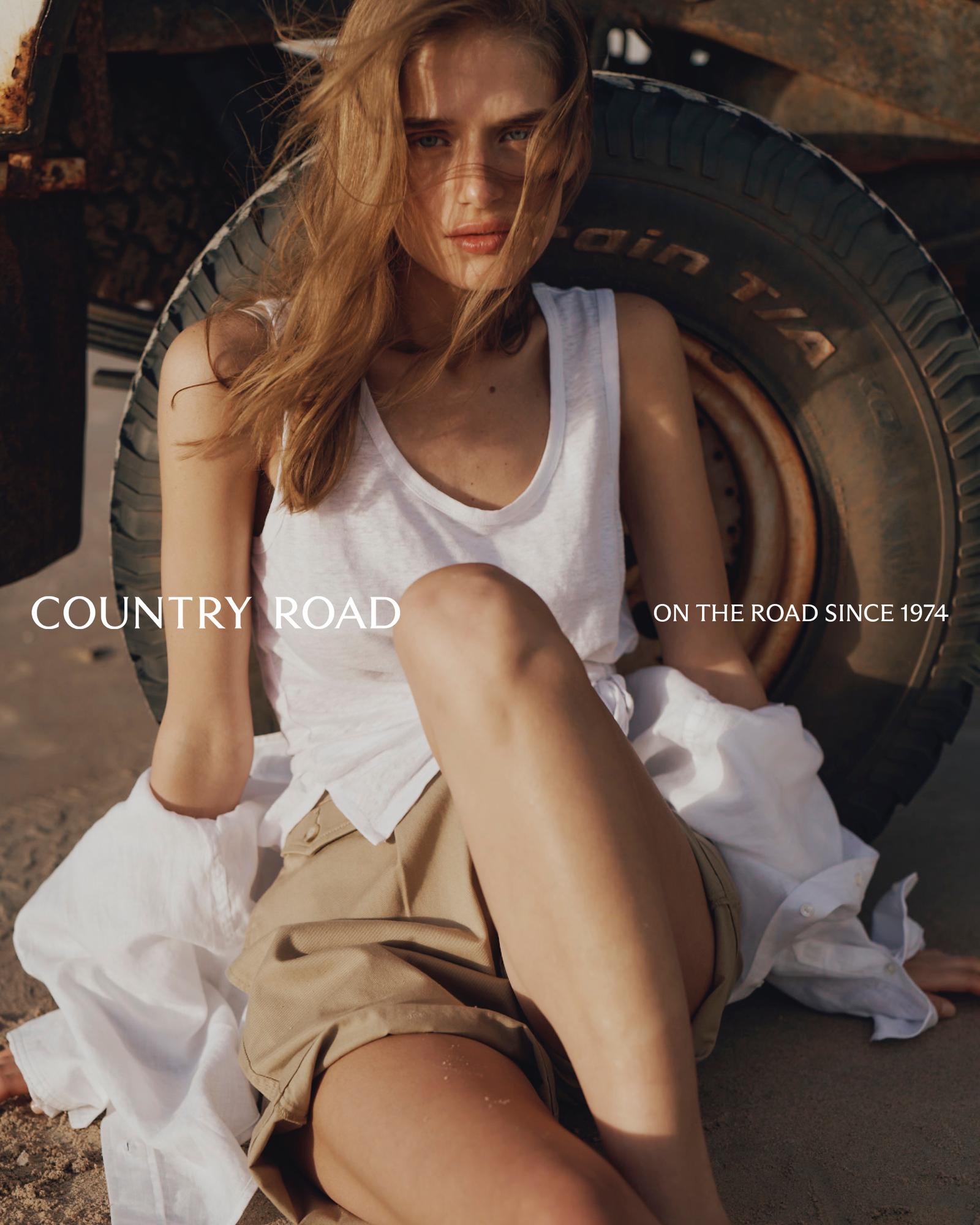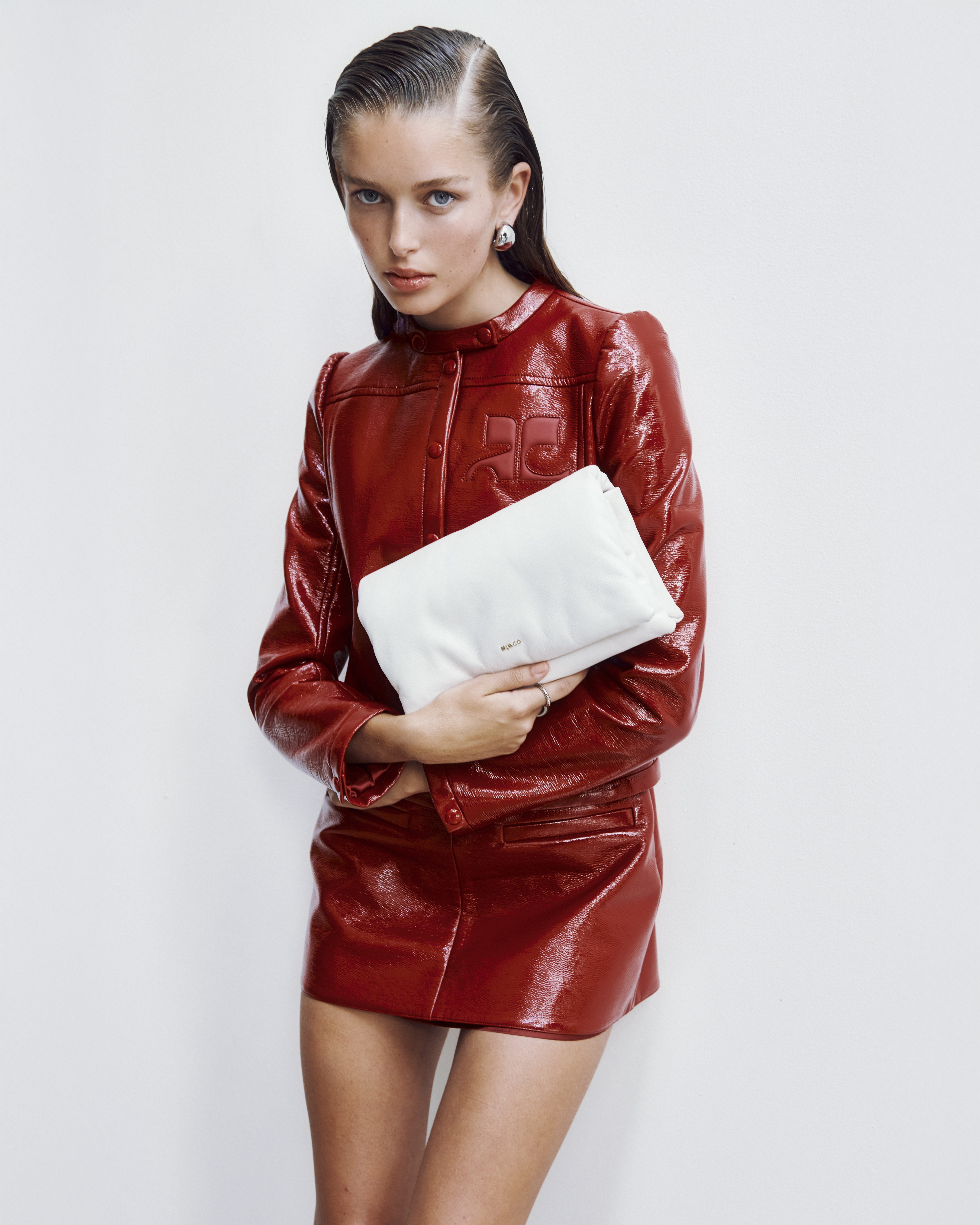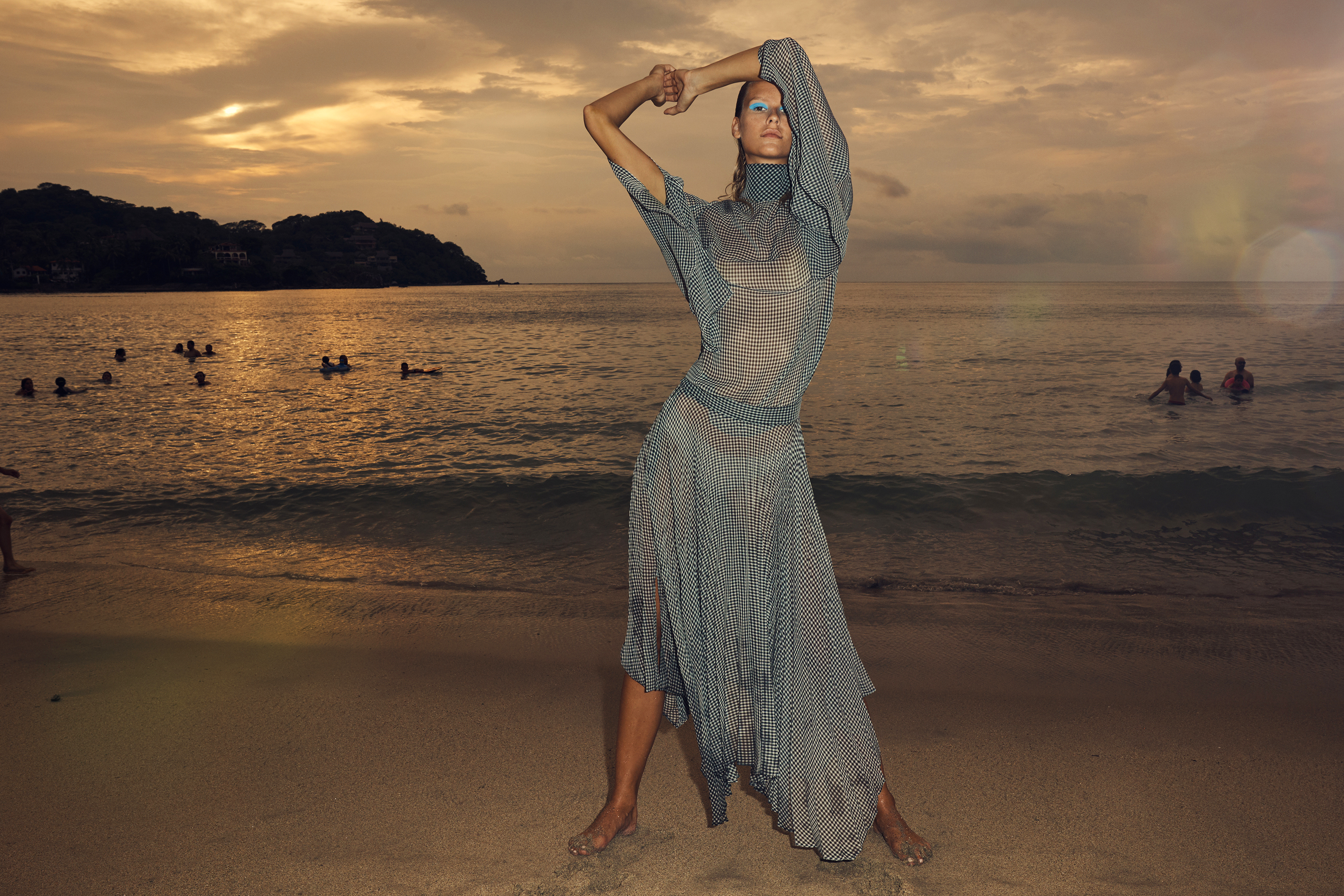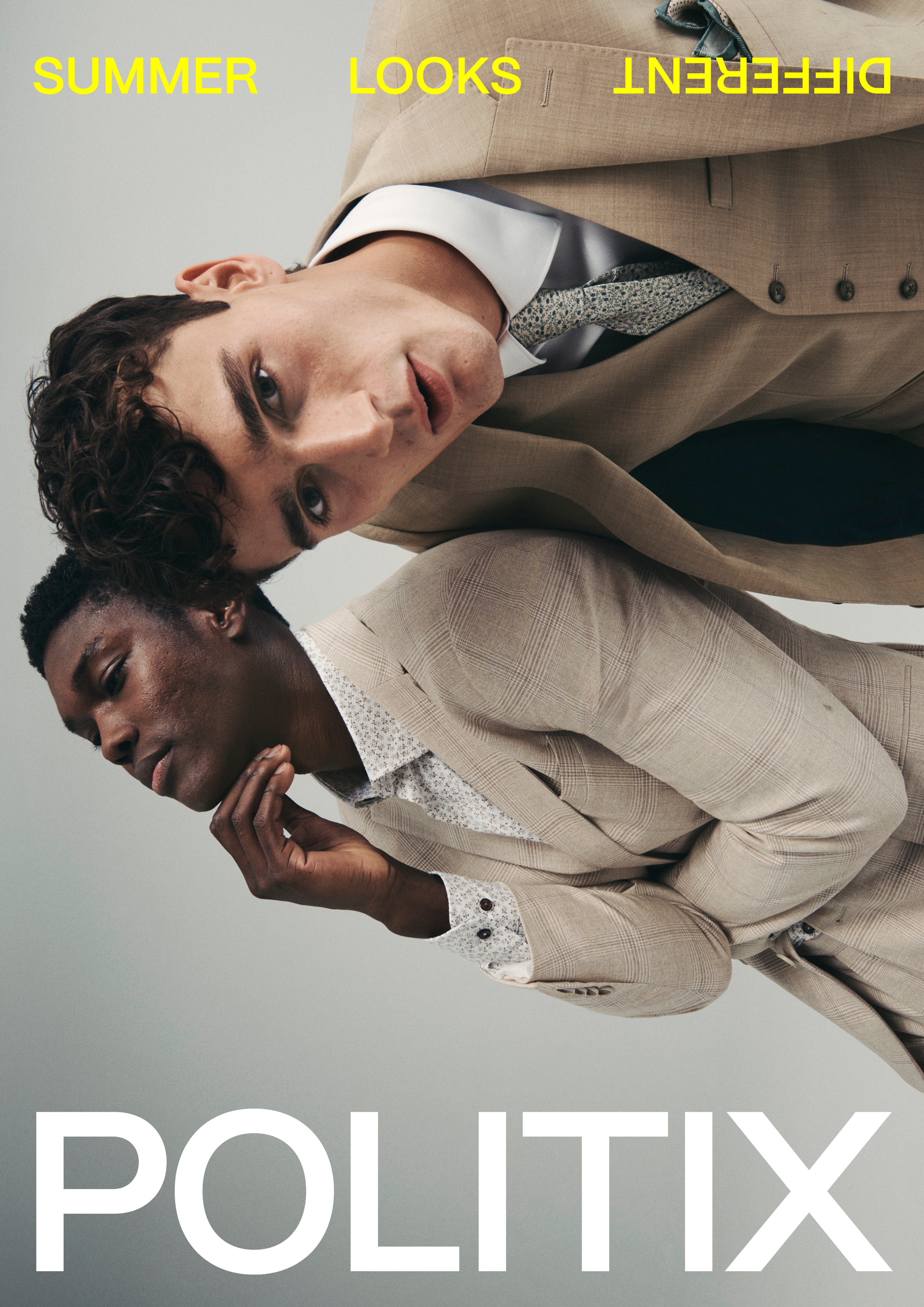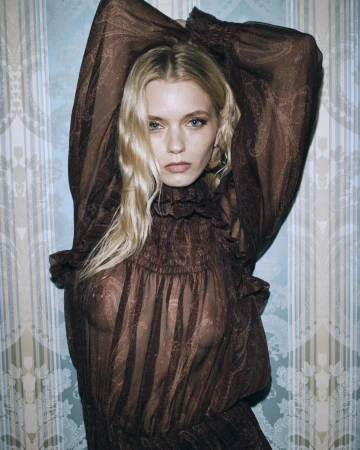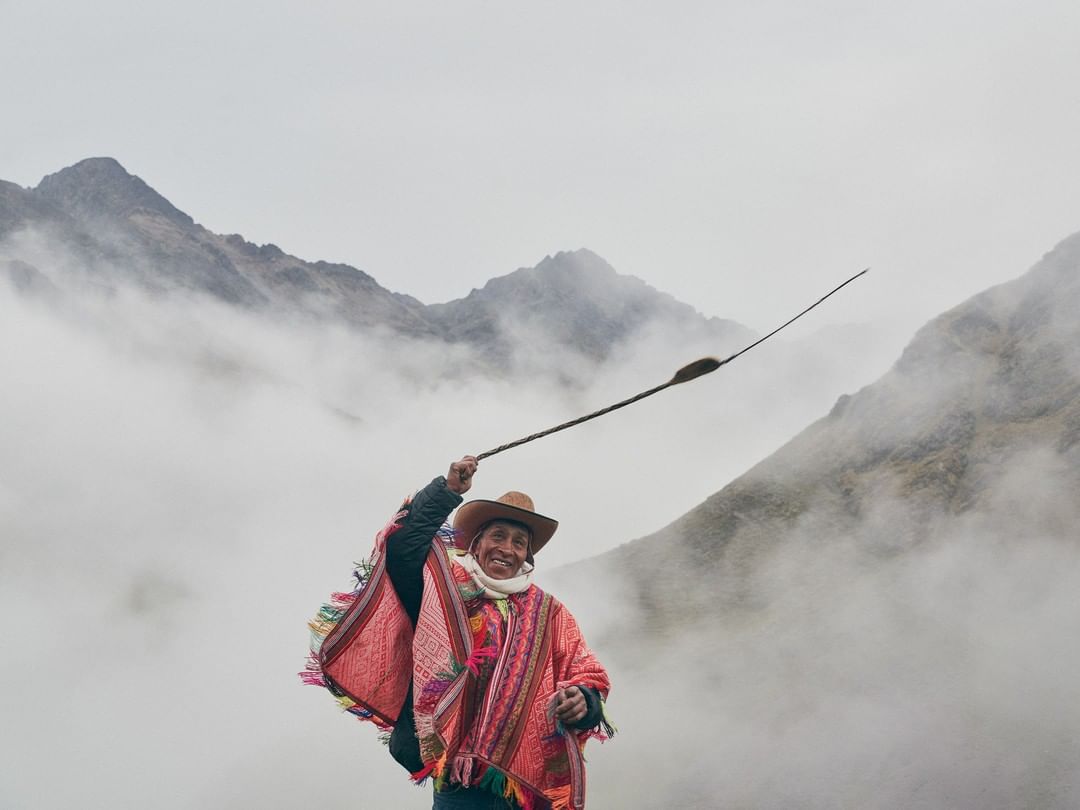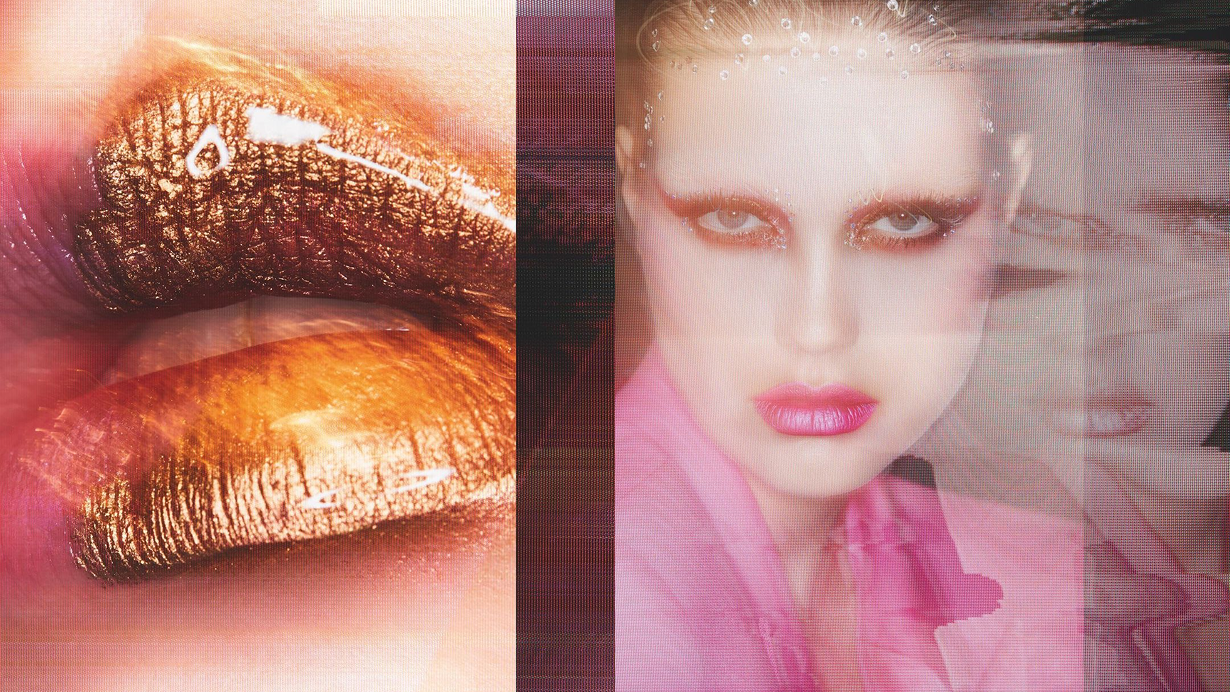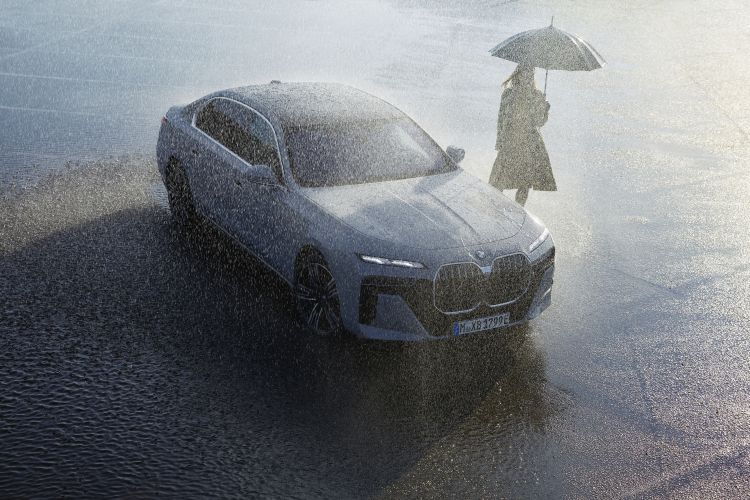In Focus: A Conversation with Simon Lekias

Simon Lekias isn't just a top-tier photographer I’ve had the pleasure of collaborating with over the past decade; he's also become a close friend. We first crossed paths on a campaign years ago, and since then, I've watched him transform not just through his lens but in his ability to connect with everyone on set. I always joke that Simon is part photographer and part entertainer, a unique blend he credits to his parents' background in the restaurant business. Whether he's charming a client or solving a problem on the fly, Simon’s communication skills are just as sharp as his creative eye.
What impresses me most about Simon is his unwavering reliability—a skill honed from years of handling every curveball this industry can throw. He’s developed a distinct aesthetic that’s unadorned and authentic, yet he has this incredible ability to adapt and deliver on any brief. It’s this flexibility that’s kept me coming back to him for campaign after campaign.
We recently wrapped up a global project together, and I took the opportunity to sit down with Simon and ask him a few questions about his career. Here's what he had to say.
Which recent projects have given you the most creative freedom, and how do you typically approach these assignments?
Over the past twelve months, creative freedom has come from photographing and documenting the street. Dedicating my personal time to this practice has provided a new perspective and, fortunately, has allowed both existing and new clients to connect with my imagery in a new way. This year, a lot of the projects and campaigns have started with an image from my observational series and evolved from there which has offered a deeper sense of creative freedom and trust between myself and the client. The Country Road 50th Anniversary Campaign and Modibodi Campaign were both great examples of a creative director connecting with my personal or documentary-style pictures and balancing this approach with the more nuanced performance-based imagery that I’m known for. It’s pretty much been my Leica in one hand and Nikon in the other. This is how I love to approach photography these days – All in!
What are the most significant changes in the photography industry?
Since COVID, everyone has felt the pressure of declining production budgets and the rising cost of doing business. In our industry, there has been an insatiable appetite for imagery, largely driven by digital marketing and social media platforms. However, this hasn’t necessarily resulted in more work for photographers. On the contrary, the accessibility of an iPhone has become an acceptable tool to create images for a client. Making an “acceptable” image has never been easier, and one could argue that the craft of traditional photography has somewhat waned in the commercial world. Marketing is driving creativity these days so those who can create high-volume output with decent production levels at half of the cost have been found to be the most commercial success but not necessarily creative fulfilment. Having said that, there does seem to be a shift in Australia, where creativity and a unique point of view are becoming a greater priority for clients who want to differentiate themselves from their competitors.
How do you navigate difficult clients?
Gently! What makes a client “difficult” is usually a manifestation of their fear of the unknown. Have they made the right casting choices? Are they spending too much money? What if it rains? Will this investment return on projected expectations? Why is it all taking so long? I see the photographer’s role as the person who can reassure the client that everything is going to be okay and ensure that any potential problems are worked through in pre-production so they aren’t problems or roadblocks down the track. Each production is a process and part of the photographer’s role is to guide the team through that process. Trusting this process is key to a successful outcome. If my client is still being difficult after a day with me then I haven’t done a good enough job communicating with them…or there hasn’t been enough time allocated for this conversation to take place. Or they just can’t afford the process to begin with.
What or who inspires you?
My daughter Luella, my partner Zoe, light, marble, the ebb and flow of people moving around me on the street, the sea, music, kind people, Classical Greek structures the grit and beauty of Athens and interesting faces are lit by the early morning or late afternoon Sun.
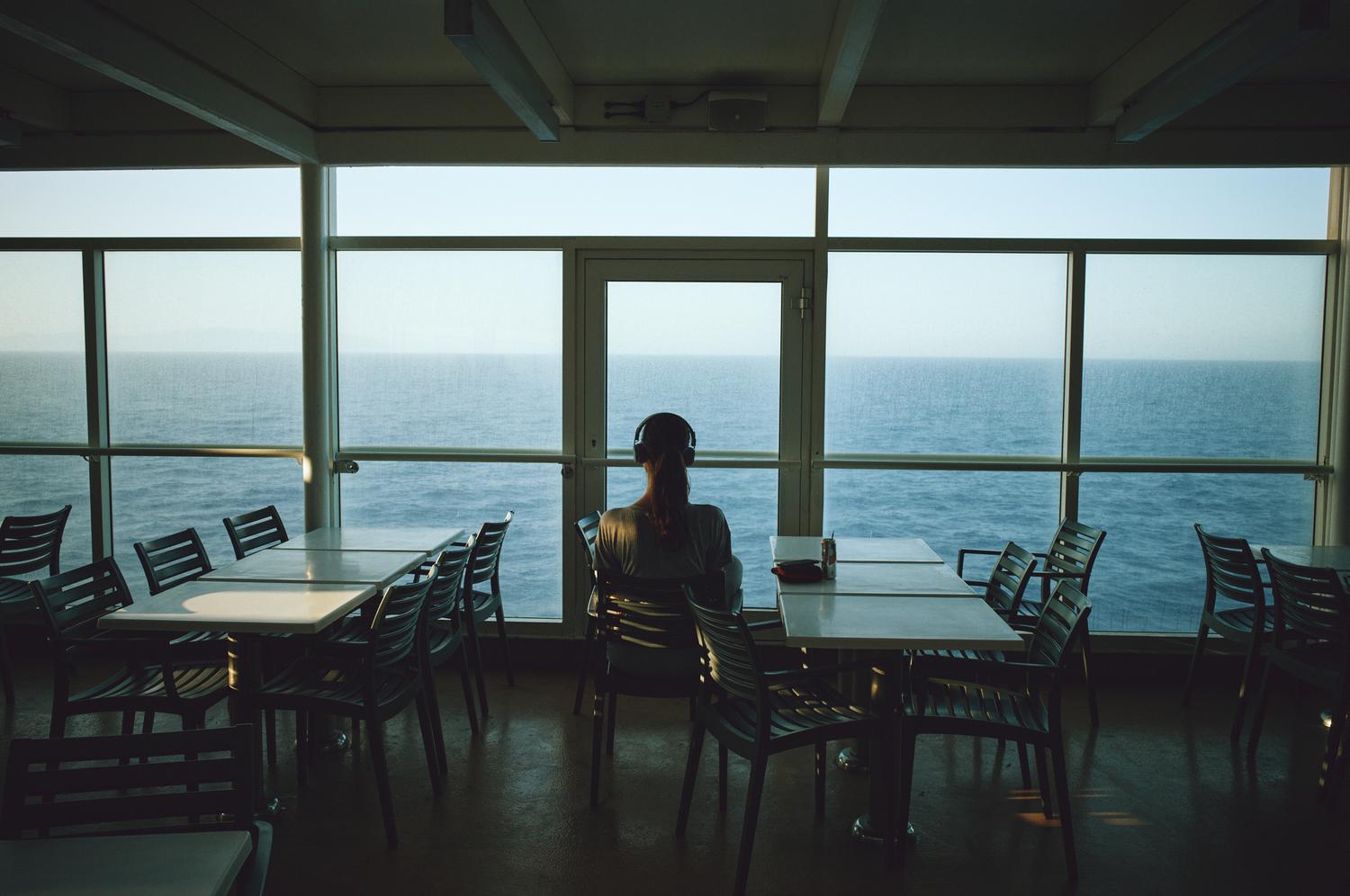
How does the history of photography and current trends influence your style?
I was fortunate enough to catch a Henri Cartier Bresson retrospective on a recent trip to Europe. Seeing the prints of photographs I have revered my whole life was an incredible gift. It got me thinking about how, historically, the picture was a medium by which those leading a photogenic life would communicate stories from afar. Post-COVID, there seems to be a return to photography as a tool to express and communicate experiences, and the unobtainable “Glamour” of a fashion photograph doesn't seem as relevant as it once was. Photographers like Dudi Hasson, Quentin Dubray, Eddie Wray and Theo Werner are at the forefront of modern Fashion photography. Their work reveals a story or an experience, and the images are immersive. Filling a frame with life is where I have seen a reconnection with the traditional idea of photography. Personally, I have always found fulfilment and happiness in new experiences. If I can communicate this inspiration in my work and people can connect with it, then I am on the right track.
You are a master communicator. Give us some tips for collaborating on the set.
Haha, That’s kind of you to say but I'm not sure I agree fully! Sometimes I can see a clear path to the solution. Sometimes I get tangled up in my own thoughts of how things should be. What I try to do is to relax and take a breath, especially when things are not going to plan. The key to effective collaboration is for everyone involved in the execution to feel heard. Bullet points without too much technical chatter help people get on with what they need to understand their role. Growing up in restaurants, hospitality is in my blood. So, I am always making sure people are well looked after on set. My governing thought is that for each client, shoot day is a huge day. They have all invested so much time and money to bring their vision to life. Respecting this and keeping it in the forefront of my mind ahead of communicating anything helps with the kind and concise delivery of the necessary details.
What gear do you rely on?
I feel naked without my Leica M11 around my neck It’s almost like an accessory now. I always feel confident that no matter what happens I can always make a picture! Loving my Contax vintage on-camera flash at the moment. Something very special about its distance from the lens that is unique. On commercial jobs, I will always have my trusty Nikon, affectionally known as “Ol Smokey” hah. It’s been with me everywhere and is such a trusted piece of kit. Other than that, I have a few lights and some shapers to assist in nuancing my desired lighting condition. With all this in place, I’m good to go anywhere. Being nimble is my new mantra.
What software do you use to run your business?
Xero, Capture One and Photoshop.
How does social media influence your business, and which platforms do you find most beneficial?
On the surface, this seems to be a simple question. However, the answer is quite complex. Social media has and will continue to have a huge influence on professional photographic businesses. Generally, taste levels appear to be skewed to what is engaging from a digital marketing perspective as opposed to what is unique or stylistically innovative photographically speaking. The two sometimes cross over however, like anything in the media now, it's all about grabbing someone’s attention. Does that count as a connection to the work? I guess it does. However, for me, the number of “likes” I get is not the reason I shoot. So I am enjoying the dance I have with social media, mostly INSTAGRAM, but at the end of the day, if it’s not printed and on a wall or in a magazine or book, it feels slightly less weighty for me. I do like connecting with creatives all over the world from the palm of my hand. This is my most positive experience with social media. Especially since I have started travelling again.
You’re one of the icons in Australian Photography. Are there any new artists whose work you admire?
Now that’s a word that gets used a hell of a lot these days! I don’t identify as an icon but I think I understand what you are saying! In Australia I think there are a few photographers whose work I really enjoy. Joe Brennan is doing some great work as is Rob Tennant. They have something special happening in their pictures. I have been looking at some of Ellen Virgona’s recent images lately and I think there is something bold about her process.
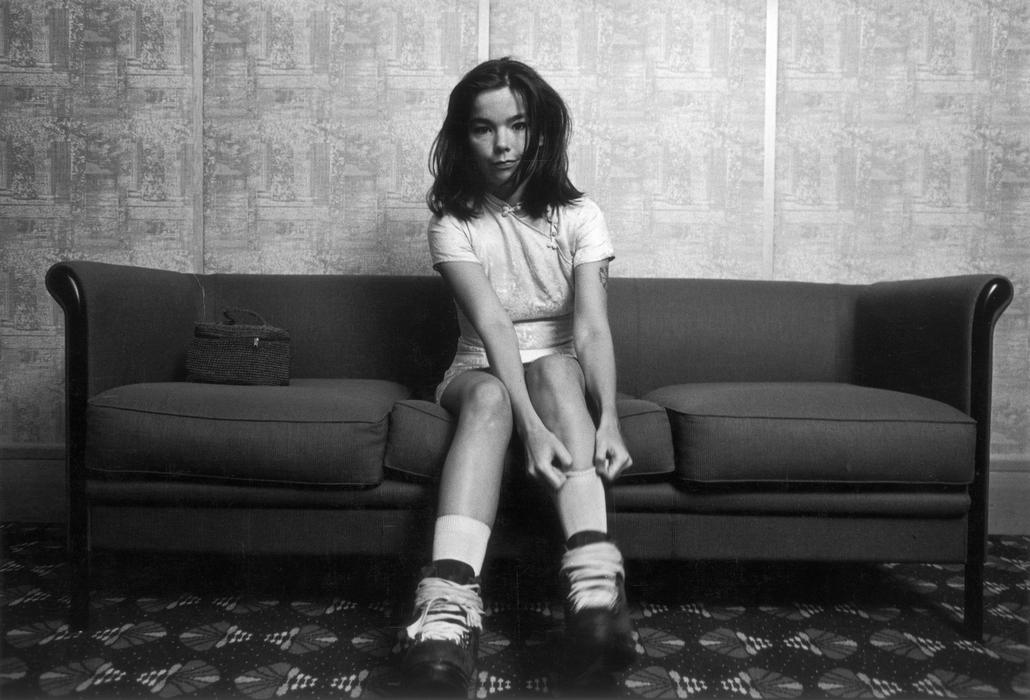
Do you have a favourite picture or person that you have shot?
I always look back to the image I shot of BJORK at the Coogee Bay Hotel in 1994 as one of my favourite pictures of all time. I think it serves as a bit of a personal exclamation mark for where I was in my career at the time and what was happening around me, Every picture I shoot is somehow connected to what I was feeling at the time so it's hard to isolate them as just pictures for me. I always enjoy shooting in and around lots of people as much as I do having a sitting for an editorial shoot or celebrity. The images I have made of Miranda Kerr over the years is still amongst some of my favourites as are my most recent pictures of Kastellorizo in Greece earlier this year. My travel images as a body of ongoing work keep me inspired.
Which photographers and artists have influenced your career?
I have been influenced by so many photographers. Helmut Newton, Avedon, Cartier Bresson, Winogrand, Guy Bourdin, William Eggleston, Mario Sorrenti. Artists Caravaggio, Klimpt, Edward Hopper, Egon Shiele, Rothko.
How would you describe the difference between working in Australia and overseas?
The main difference is the budget. The other is the depth of the market. In the larger more established markets of Europe and the US, the sheer size of the market is astounding. You don’t have to be shooting Gucci campaigns to be making a great living. Everything from E-comm to campaign, lookbooks to catalogue in Miami, there are opportunities for everyone to work hard and get to the next level. Over this time, skills are honed and relationships are forged giving everyone a chance. In Australia, we just don’t have that sort of depth. Everyone is expected to shoot at all levels at any given moment so the competition is relentless and not as healthy as it could be at times.
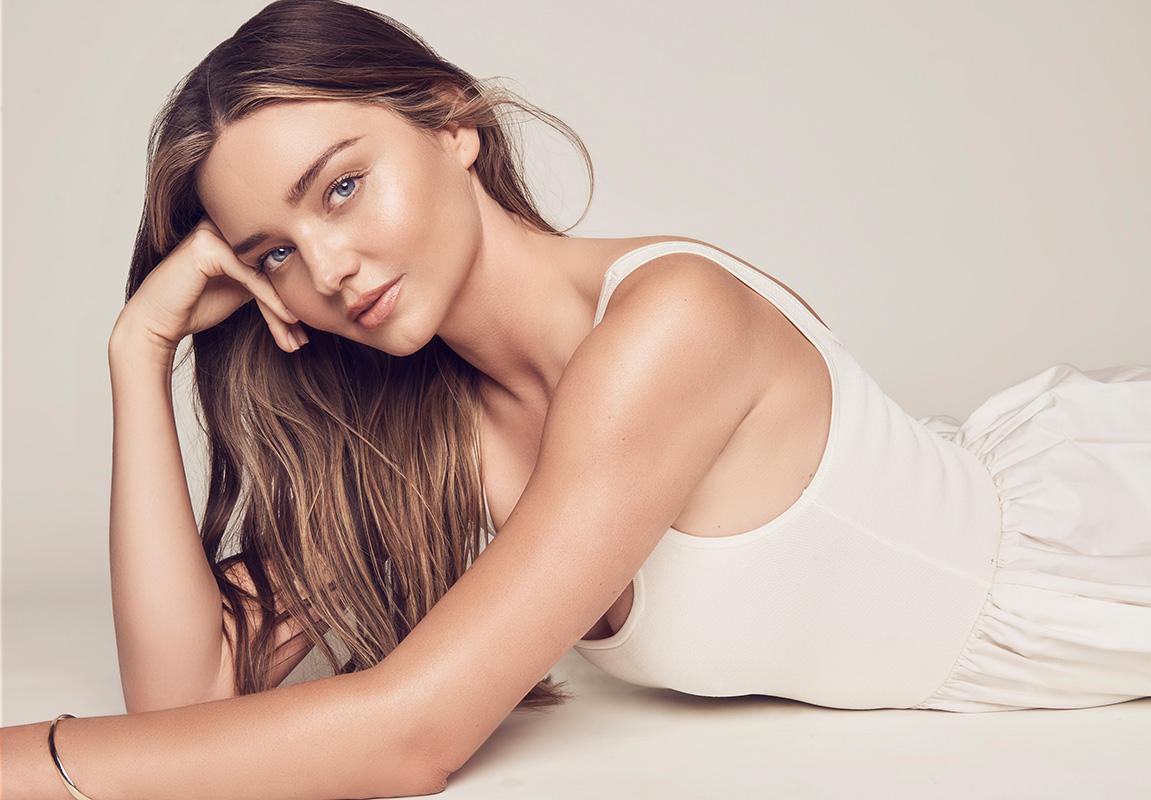
What characteristics define your ideal client?
Someone who has a clear understanding of the objectives and brand DNA. A good understanding of what’s involved in getting to these objectives. Someone who doesn’t mind exploring alternative ideas once these objectives have been met. Respectful of creatives and their skill sets. Decisiveness.
How do you determine your pricing for various projects, and what factors do you consider when setting your rates?
A project can be broken down into 3 parts. Financial gain, Career/ Relationship, Portfolio. Moving from left to right the number usually gets smaller but creative fulfilment usually increases. Finding a balance is the perfect assignment and usually requires some negotiation.
Is AI a threat to the industry, an exciting tool or being overhyped?
I love it and can’t wait to see it get smarter. An exciting tool is where I sit on this.
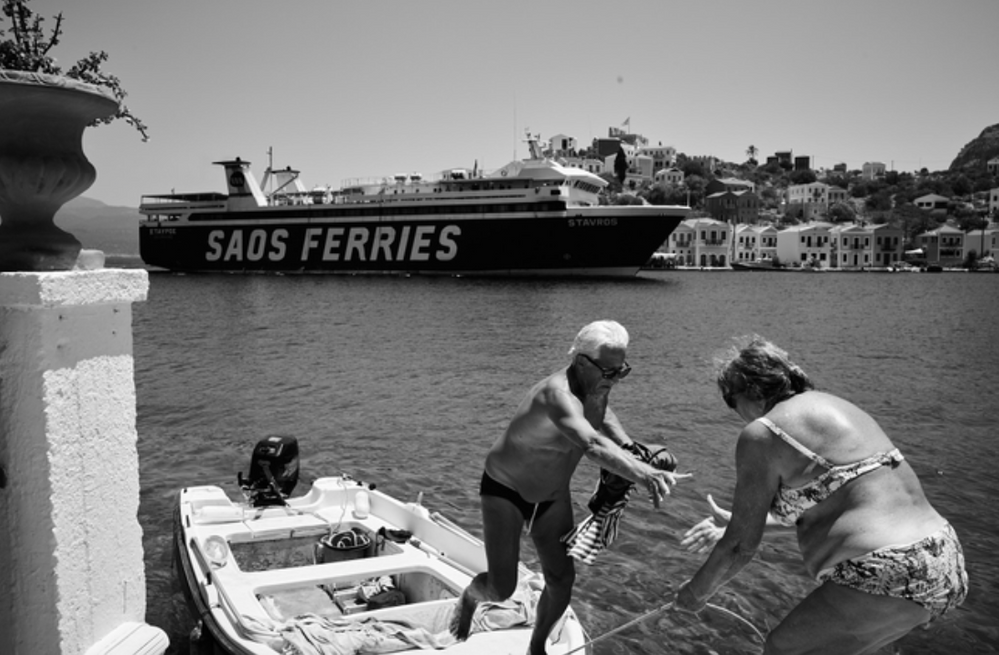
How do you balance personal work and commercial work?
It's becoming increasingly important for creatives to be able to honestly express their point of view. Gone are the days of the bread-and-butter client. It’s all about lots of different clients all the time all over the world. I love this shift in how things are working now. Clients are spoiled for choice and will often look to mix things up from one campaign to the next in the quest to stay fresh. Creating pictures for yourself is the best way of staying close to your visual point of view. People don’t buy what you do they buy why you do it!
What are some common misconceptions about professional photography?
Number one has to be that "it's glamorous". It does have some perks but often at the cost of time with family and loved ones.
That "it's easy". I spend 25% of my time as a professional photographer shooting. The rest of the time I'm usually in front of a screen in a dark room, paying bills or perusing leads for more work.
Or that "Professional photographers are expensive". This is all relative. Professionals who have honed their craft over many years and in some cases decades often make the process look too easy. This can lead some observers to form a view that people onset are not working hard enough. Rest assured if it looks easy, it means that clients are getting their money’s worth because all the time has been spent in pre-production (often unpaid) getting properly prepped for shoot day.
Discover 20 of the most inspiring travel photographers shaping how we see the world. From luxury destinations to cultural por...
Discover nine leading beauty photographers who are redefining visual aesthetics in the industry, plus an emerging talent pois...
Explore the diverse styles of automotive photography and discover nine talented photographers who bring vehicles to life thro...
